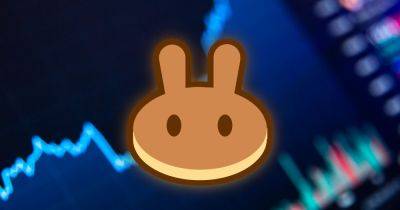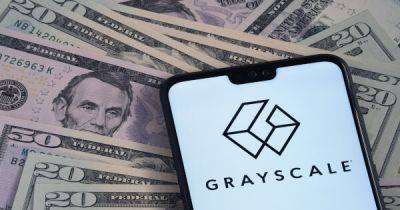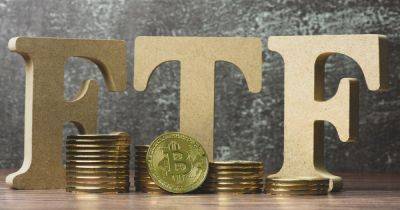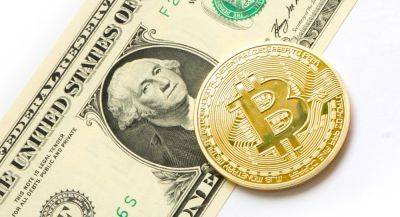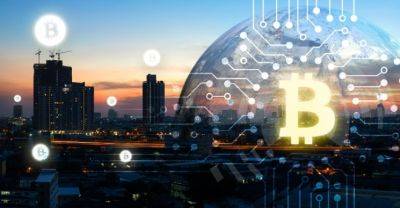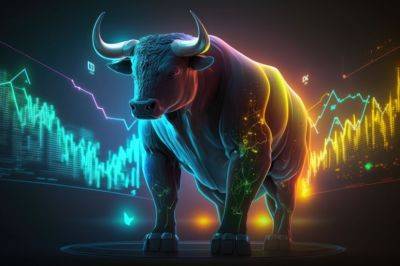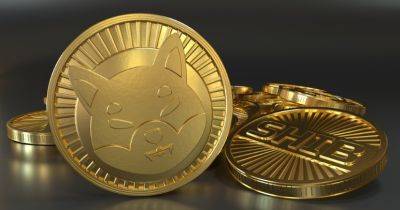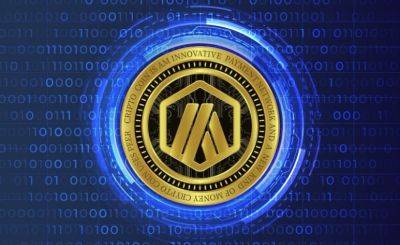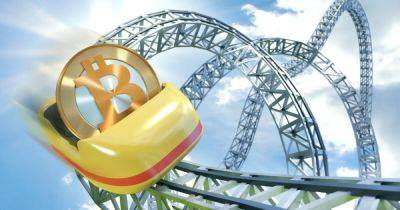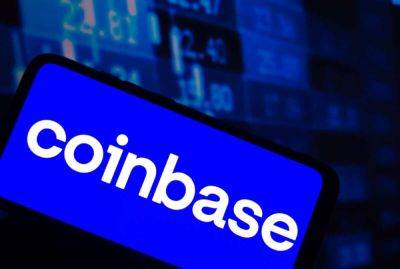Here's the inflation breakdown for November 2023 — in one chart
Inflation declined slightly last month on the back of weaker prices at the gasoline pump and a broader easing of price pressures throughout the U.S. economy, experts said.
The consumer price index in November increased 3.1% from 12 months earlier, down from 3.2% in October, the U.S. Bureau of Labor Statistics said Tuesday.
«There is still a lot of disinflationary pressure in the system,» which will likely drive inflation even lower heading into 2024, said Sarah House, senior economist at Wells Fargo Economics.
The CPI is a key barometer of inflation, measuring how quickly the prices of things from fruits and vegetables to haircuts and concert tickets are changing across the U.S. economy.
The November reading is a significant improvement on the pandemic-era peak of 9.1% in June 2022 — the highest rate since November 1981. Prices are therefore rising much more slowly than they had been, and in some cases even falling outright.
«Inflation is still on the high side of what I think everyone would feel comfortable with, but it's coming back down to earth steadily but surely,» said Mark Zandi, chief economist at Moody's Analytics.
The U.S. Federal Reserve aims for a 2% annual inflation rate over the long term.
«I expect by this time next year we'll be back within spitting distance of the target,» Zandi said.
As in October, gasoline prices were a big contributor to falling inflation in November, economists said.
Gasoline prices dropped 6% in November, according to Tuesday's CPI report. They had dropped 5% in October.
Average nationwide prices for regular-grade gasoline declined by about 24 cents a gallon between Oct. 30 and Dec. 4, to $3.23 a gallon from $3.47, according to weekly data published by the U.S. Energy Information
Read more on cnbc.com
 cnbc.com
cnbc.com